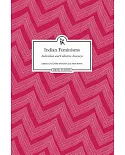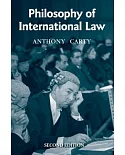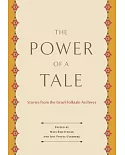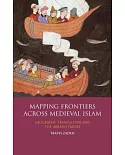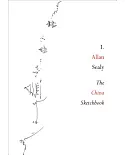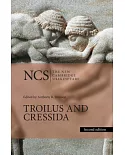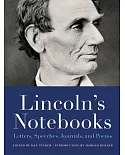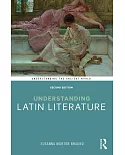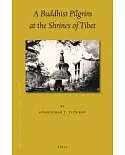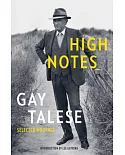Paperback with 208 Pages of Additional Content (Summaries, Critical Notes, Glossary, Exercises, and more) Gulliver’s Travels of theRatna Sagar Classics
Series is an enriched edition that any keen reader of literature will be pleased to have. This classic is divided intotwo books, each carrying: a. A
brief, well-written Introductionto the novel b. Annotations that are comprehensive, covering not only themeanings of words and phrases
peculiar to the period in which the book was written, but explaining any concept or historical event that may not be easily understood or recalledc. Summary at the end of each
chapter that is concise yet sufficiently detailed to provide a faithful reproduction of that part of the storyd. Critical notes at the end of each chapter that present an
analysis of the chapter so that the reader can identify the nuances, allusions, and underlying meanings, and therefore appreciate the story bettere. General notes at the end of
the book that present an overview of the book, contexting it in the period in which it was written, and discuss the major themes, characters, or the genre of the bookf. Artwork
that bring to life certain episodes in the story Suggestions for further reading and website links that the reader will find informative and helpful Rightly
described as ’Hans Christian Andersen for children, Boccacio for adults’, Gulliver’s Travels is the most celebrated work of Jonathan Swift. Written as an incisive satire on the society and
politics of the time, the book went on to become a favourite with children as well. From its very first edition, Gulliver’s Travels was popular across all ages. In the book the author uses the
medium of travel literature to satirize human nature and society. Through Gulliver’s trip to the four fantastical nations, Swift reflects the follies of European culture, especially England. He
criticizes European colonialism and the consequent brutality and destruction that was inflicted upon innocent, native populations under the pretext of civilizing them. The protagonist in the
book, Lemuel Gulliver, is also the pseudonym under which Swift wrote the book, fearing that the satire may not be received well by the readers and the political establishment. Gulliver is a
trusting, gullible man, who by strange twists of fate lands in strange places and has unusual encounters. His experiences in the island of the tiny Lilliputs, the land of the giant
Brobdingnagians, the floating island of the Laputians, and the utopian land of the Houyhnhnms provide the ground for criticizing European culture, especially English society. Parallels from
real life and incidents of Swift’s time emerge as one reads about each voyage, turning the book into a powerful alleagorical commentary. By the end of the story, Swift’s criticism of mankind
and society becomes so bitter that Gulliver is shown to recoil from human society. He stays away even from his own family. However, the satire, lighthearted in the beginning and scathing
towards the end, does not make the book any less enjoyable. Gulliver’s Travels remains a timeless classic for adults and an enchanting tale of fantasy for children.



